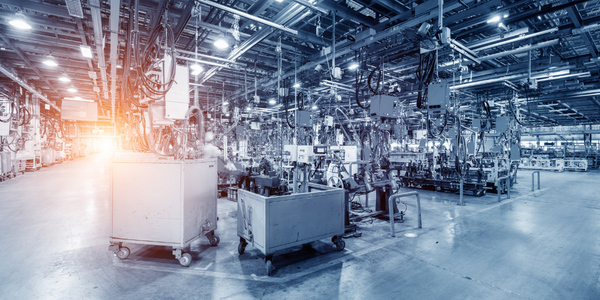Technology Category
- Analytics & Modeling - Digital Twin / Simulation
- Robots - Autonomous Guided Vehicles (AGV)
Applicable Industries
- Automotive
- Chemicals
Applicable Functions
- Product Research & Development
- Quality Assurance
Use Cases
- Onsite Human Safety Management
- Virtual Reality
Services
- System Integration
About The Customer
Wake Forest Baptist Medical Center is a leading research university in biomedical sciences and bioengineering. The Center of Injury Biomechanics (CIB) in the School of Medicine at Wake Forest Baptist investigates injury mechanisms following trauma resulting from vehicle crash to develop a greater understanding of human tolerance to injury and to engineer enhanced safety countermeasures. Since 2006, Drs. Joel Stitzel and Scott Gayzik of the CIB have been principle investigators for the Global Human Body Modeling Consortium(GHBMC), an international consortium of automakers and suppliers working with research universities and government agencies to advance human body modeling technologies for crash simulation.
The Challenge
Wake Forest Baptist Medical Center, a leading research university in biomedical sciences and bioengineering, was tasked with developing highly detailed, finite-element human body models for vehicle crash simulation. The Center of Injury Biomechanics (CIB) at the university was to investigate injury mechanisms following trauma resulting from vehicle crashes to develop a greater understanding of human tolerance to injury and to engineer enhanced safety countermeasures. The challenge was to mathematically quantify fundamental human body organs, skeletal members, and body extremities that are subject to trauma. The resulting medical image data had to accurately represent a range of vehicle occupants: adults (male & female), children (3-6 years old), and infants. The human body data then had to be discretized to generate accurate finite element (FE) models of the varied human body systems. These models then had to be integrated to formulate a model of the entire human body, which then had to be validated in vehicle crashworthiness simulations with occupant and pedestrian impact conditions.
The Solution
The Global Human Body Modeling Consortium (GHBMC) applied Altair HyperMesh and its HyperMorph module to develop detailed finite element models based on extensive scanned data of human body organs, tissues, and skeletal systems. The data was developed under the direction of established GHBMC Centers of Expertise (COE) at selected universities. Each of these Centers had responsibility for CAD and finite element modeling of specific regions of the human body. An additional COE was established to integrate data and finite element models from each subsystem into a full body model. The GHBMC selected the Wake Forest University CIB to complete the extensive integration work required for the Total Human Body COE. Altair made available the entire HyperWorks suite of CAE tools to enable the finite element and crashworthiness analysis-related work for each COE. HyperMesh was applied for finite element modeling of human body CAD data, while RADIOSS was applied for vehicle crash simulation validation. The Wake Forest Baptist team also developed a modeling scaling approach to rapidly develop other sized models, leveraging the large amount of existing data for the M50 development, including external anthropometry and medical imaging data.
Operational Impact
Quantitative Benefit

Case Study missing?
Start adding your own!
Register with your work email and create a new case study profile for your business.













